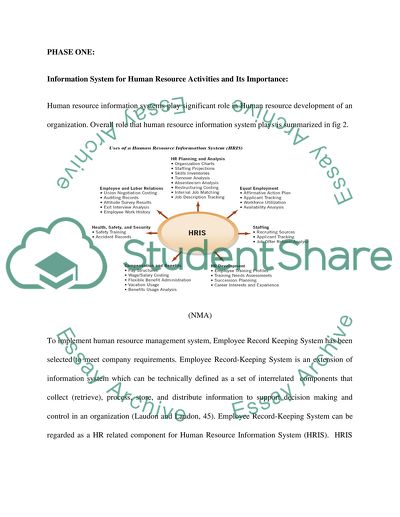Cite this document
(Management Information System Project Term Paper, n.d.)
Management Information System Project Term Paper. Retrieved from https://studentshare.org/information-technology/1603926-master-in-information-technology-managment-information-system-project
Management Information System Project Term Paper. Retrieved from https://studentshare.org/information-technology/1603926-master-in-information-technology-managment-information-system-project
(Management Information System Project Term Paper)
Management Information System Project Term Paper. https://studentshare.org/information-technology/1603926-master-in-information-technology-managment-information-system-project.
Management Information System Project Term Paper. https://studentshare.org/information-technology/1603926-master-in-information-technology-managment-information-system-project.
“Management Information System Project Term Paper”. https://studentshare.org/information-technology/1603926-master-in-information-technology-managment-information-system-project.


